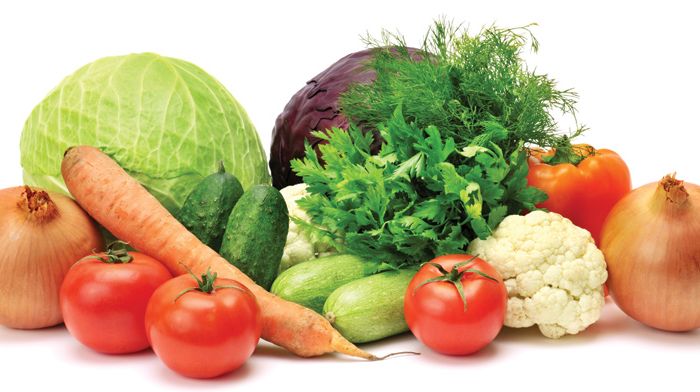Is Implementing a Color-Coded Food Safety Plan Right for your Operation?
Foodborne pathogens are by far the most prevalent cause of foodborne illness in the United States and across the world. There are 31 known agents that cause foodborne illnesses, and more that are unspecified or yet undiscovered – remember, E. Coli 0157:H7 wasn’t identified until the early-1980s. It is estimated each year, 48 million illnesses occur because of these known and unknown pathogens, resulting in over 3,000 deaths.
One of the main causes of pathogenic contamination is often cross contamination, which is the transfer of harmful bacteria from one person, objective, or item to another. For example, a cook doesn’t wash their hands thoroughly after handling raw chicken and cutting romaine lettuce. While many of you in foodservice are aware of the color-coding food safety systems in place in many foodservice and food production operations, last month I had received a question about these systems, so I wanted to take a bit to discuss these in the blog. In the foodservice world, we are not as able to color-code and sperate things via zones as well as our counterparts in food processing plants; the truth is that all foodservice operations would benefit by implementing and utilizing a color-coded system for food preparation.
The typical color-coding system would involve having different knives, cutting boards, utensils, and even storage containers for different types of food items. The system should be designed to what is best for your operation, but the typical system involves using red for raw meat, yellow for raw poultry, blue for seafood, green for produce, grey for cooked protein, and white for dairy and bread. There is now a purple color added to the mix to help alleviate cross contact issues related to allergens.
Having a strong color-coding system in your operation can help employees to visually identify food safety issues during production…and supervisors can easily scan the work area to denote possible cross contamination issues.
Having a strong color-coding system in your operation can help employees to visually identify food safety issues during production. Not only can this be a benefit for employees, but supervisors can easily scan the work area to denote possible cross contamination issues that may be present during any given point in product. However, a few key items must be in place. First, employees must be trained to know which color goes with which items and this must be reinforced by appropriate signage and effective managerial control. Recently, I was in a foodservice operation where they had all the colors available to implement a strong color-coded system, but sadly I don’t think the managers nor employees gave any thought to how the colors were intended to be used. Yellow was being used for produce, green for raw meat, and purple for dairy. No one was trained on why the color-coded items were purchased (assuming they were purchased for this reason and not just to have different colored cutting boards, knives, and storage containers). Second, be sure to have enough of each item to meet the demands of your operation. If you intend to have green utilized for only produce, make sure you have enough in stock to meet the demands of your employees. In the course of a typical day of production, your employees will intend to use the correct item, but when under stress to get food out to the guest, safety will be pushed aside if what they need is not present and you don’t have a strong food safety culture.
When developing your color-coded plan, don’t forget to explore your glove options and build these into your plan. FoodHandler has several different color options available in our Thinsense™ line, including clear, black, blue, pink, and coming soon, white.
Keep an eye out for the release of our second SafeBites Webinar of 2022 in the coming weeks. We hope you like the new on-demand only option with the Webinars. If you have any questions as you watch them, be sure to follow-up with me via email. Risk Nothing.
READ MORE POSTS
Finding the Food Safety Training Program that is Right for You
Whichever you decide, because some jurisdictions have more stringent requirements than the conference for food protection, check with your local health department to make sure they also recognize the exam before you pay for it.










